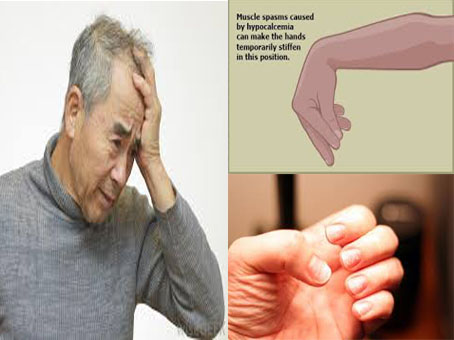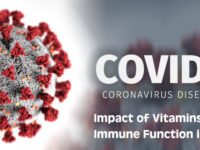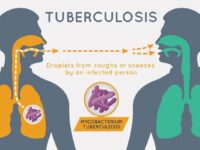Hypocalcaemia, also spelled hypocalcemia, is low calcium levels in the blood serum.The normal range is 2.1–2.6 mmol/L (8.8–10.7 mg/dL, 4.3–5.2 mEq/L) with levels less than 2.1 mmol/L defined as hypocalcemia. Mildly low levels that develop slowly often have no symptoms.Otherwise symptoms may include numbness, muscle spasms, seizures, confusion, or cardiac arrest.
Common Causes includes….
- Hypoparathyroidism and Vitamin D deficiency
- Kidney failure,
- Pancreatitis,
- Calcium channel blocker overdose,
- Rhabdomyolysis,
- Tumor lysis syndrome,
The natural aging process can cause calcium deficiency disease. Most of the calcium in your body is stored in your bones. As you age, your bones begin to thin or become less dense. This increases your daily calcium requirement.
symptoms of calcium deficiency disease
Severe symptoms of calcium deficiency disease include:
- confusion or memory loss
- muscle spasms
- numbness and tingling in the hands, feet, and face
- depression
- hallucinations
- muscle cramps
- weak and brittle nails
- easy fracturing of the bones
- Diagnosis of Hypocalcemia
Measurement of calcium level in the blood
Hypocalcemia is often detected by routine blood tests before symptoms become obvious. Doctors measure the total calcium level (which includes calcium bound to albumin) and the albumin level in blood to determine whether the level of unbound calcium is low. Blood tests are done to evaluate kidney function and to measure magnesium, phosphate, parathyroid hormone, and vitamin D levels. Other substances in blood may be measured to help determine the cause.
Before treating hypocalcemia:
We should check these three things also
- Magnesium serum concentration should be checked in hypocalcemic patients becausehypomagnesemia can induce hypocalcemia (due to end organ resistance to parathyroid hormoneand possibly impaired PTH secretion).
- Phosphate serum concentration should be examined, as hyperphosphatemia can induce
hypocalcemia due to metastatic calcification of calcium phosphate in the soft tissues and lungs
(usually associated with renal disease). - Arterial pH should be assessed because alkalemia can induce hypocalcemia due to increased
protein binding of calcium.
Treatment of Hypocalcemia
Calcium supplements
- Intravenous supplementation of calciun: Calcium Gluconate 10% given through slow IV push
- Oral calcium supplementation
Treatment of underlying cause
- If caused by hypomagnesemia,normalize the level of magnesium to resolve the presence of hypocalcemia.
- If vitamin D deficiency is the cause giving of vitamin D supplements orally is advised
Continuous monitoring and treatment of symptoms
- Asssessment and treatment of symptoms such as tetany and seizures are necessary to prevent high -risk complications.
- Frequent checking of the serum calcium level throughout the duration of treatment.
Physical Therapy Management
- Detection and assessment for the presence of hypocalcemia sigh and symptoms.
- Management of the present manifestations.
- Doing appropriate referral of these conditions as needed
Diet modification
- Diet highin calcium is advised to replace the deficient level of serum calcium in the body. Food rich in calcium are:
- Green leafy vegetables such as spinach
- Dairy products
- Dried herbs: Rosemary leafs (दौनी पात ), Poppy seed (अफीम बीउ), Oregano(रामतुलसी)
- Grains
- Herrings
sources:
- http://im-mmc.synthasite.com/resources/Hypocalcemia%20guideline.pdf http://emedicine.medscape.com/article/241893-treatment
- http://howshealth.com/hypocalcemia/
- http://www.merckmanuals.com/home/hormonal-and-metabolic-disorders/electrolyte-balance/hypocalcemia-low-level-of-calcium-in-the-blood
- https://www.ncbi.nlm.nih.gov/pmc/articles/PMC2413335/
- http://www.healthline.com/health/calcium-deficiency-disease#Overview1















